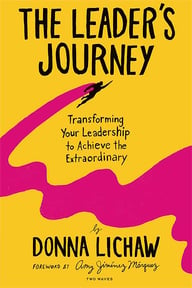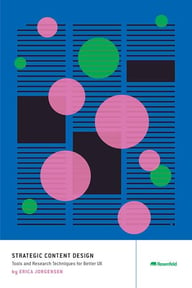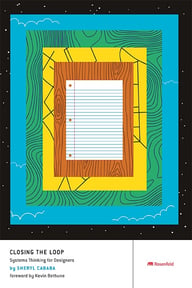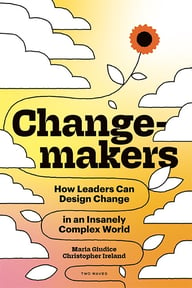Summary
In his talk, Sam explores the transformation of user experience (UX) in the enterprise context through an ethnographic lens. Drawing on historical examples, particularly Shoshana Zuboff's research on insurance clerks in the 1980s, he illustrates how digitization has changed work dynamics. He explains that while technology ostensibly improves efficiency by automating tasks, it inadvertently alienates workers by chaining them to their desks, stripping away essential social interactions that promote collaboration and productivity. Sam argues that enterprise software often prioritizes customer needs over those of the users, leading to distrust, overwhelm, and a lack of engagement among workers. He introduces concepts like "data exhaust"—the residual data left by user interactions—and suggests that this can be leveraged to provide users with personal insights to enhance their productivity. Through anecdotes and data, Sam provides a compelling case for a shift in mindset from Theory X management, which views workers as inherently untrustworthy and in need of control, to Theory Y, which sees work as fulfilling and employees as autonomous. He outlines strategies to create user-centric software that values employee experiences, ultimately benefiting both users and customers.
Key Insights
-
•
Enterprise UX must focus on the worker's experience, not just the technology
-
•
Technology can isolate workers, reducing social interactions and collaboration
-
•
Understanding historical shifts in workplace technology helps inform current design practices
-
•
Workers resist tools that they find unbeneficial or intrusive
-
•
Data exhaust can provide meaningful insights for users if designed correctly
-
•
Trust in the workplace is eroding with an increasing number of employees feeling overwhelmed
-
•
A large percentage of workers globally report feeling disengaged at work
-
•
Theory X management beliefs are prevalent, impacting how enterprise software is designed
-
•
Consumer product strategies can inform enterprise software design to better meet user needs
-
•
Creating tools that help users feels fulfilling can increase productivity and satisfaction.
Notable Quotes
"Building Windows is like ordering pizza for a billion people"
"We've made a huge oversight. We've built these tools, but we didn't understand the people"
"Culture eats strategy for breakfast"
"Only 13% of workers are actively engaged at work"
"Two-thirds of workers report feeling overwhelmed"
"Nearly one in four American workers do not trust their employers"
"Theres a gap between what people want to do and what they are asked to do"
"Workers resist things they don't like"
"Personal data can give huge insight into productivity and well-being"
"Software should serve workers, allowing for intuitive and fulfilling work environments."
















More Videos

"Our research can feel intangible, but the answers are there."
Dr. Nikki SmithResearch Strategy: Connecting Insights to Outcomes
March 12, 2025

"If you can articulate a reasonable theory for why you need a higher salary, we can discuss it collectively."
Chelsea MauldinLet's Talk About Money
November 17, 2022

"I've been noticing something out there among my fellow community members, is that it's heavy out there."
John CutlerThe Alignment Trap
November 29, 2023

"So discovering that, we thought, huh, why would only eight people fill out this online application?"
Marina MartinLives on the Line: The Stakes of UX at the Scale of Government
June 14, 2018

"If you frame the research in terms they can understand, you’re going to make them research hungry."
Edgar Anzaldua MorenoUsing Research to Determine Unique Value Proposition
March 11, 2021

"Without community members present, decision-making power resides in the spaces between workshops led by designers."
Victor UdoewaRadical Participatory Design: Decolonizing Participatory Design Processes
December 10, 2021

"We always strive to make research as collaborative as possible."
Lisa Spitz Nikki BrandBuilding Trust Through Equitable Research Practices
November 18, 2022

"When asked for a checkbox, deliver it - earn trust with your team."
Jessamyn EdwardsSurviving Your UX Career in Enterprise Design
December 2, 2021

"We frame women as a minority, setting them up to be forgettable, dispensable, and ignorable."
Mansi GuptaWomen-Centric Research: What, Why, How
March 29, 2023
















